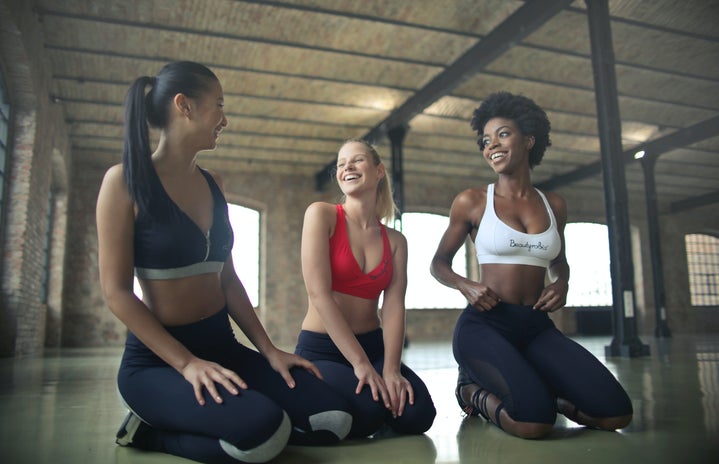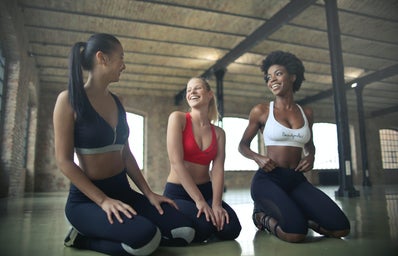Menstrual Cups. The phrase may get a variety of responses from ‘huh, what?’, to curiosity, or even blatant disgust. However you may personally respond to the idea, it is undeniable that the popularity of these products is on the rise.
Now to get into the nitty gritty. Menstrual cups are an alternative to pads and tampons and are, as the name suggests, a small silicone cup which is inserted into the vagina and collects your menstrual flow. Whilst the thought of a cup of blood may sound horrifically like something involved in a satanic ritual, they are actually a lot less sinister than this. After a few hours of wear you simply remove the cup, tip it out into a toilet, give it a rinse or wipe and you can reinsert it straight away. The when your period is finished simply sterilise the cup by boiling it in a pan of water, or with sterilising solution or tablets (commonly used for babies’ equipment).
It is easy to see these simple benefits: not having to carry around spare tampons or pads, no cumbersome, noisy and wasteful wrappers, and no having to spend money each month on sanitary products (especially as Huffington Post reveals that on average women will spend £18,000 on having periods in their lifetime!), as menstrual cups can last for years if taken care of properly. However, there are a myriad of other benefits which have more wide ranging effects.
One of the more serious benefits of menstrual cups is the vastly reduced amount of waste that comes from using them, as opposed to pads and tampons. It is estimated that women use around 9,600 tampons in their lifetime, and that is a lot of waste in itself, but even more when you consider all of the associated plastic and cardboard packaging that goes along with them, as well as with pads. The prospect of all of this going to landfill is in itself troubling, however when you consider that many people mistakenly flush such waste down the toilet, which leads to some of it ending up in the sea, it is even more concerning. Therefore, as there is no waste associated with the use of menstrual cups, as well as the fact that they can be used for years, means that they are a more environmentally conscious way to deal with your period.
As well as the environmental benefits, menstrual cups could also potentially have benefits for your health. Although they are worn inside the body like tampons, they have a decreased (but not eliminated) risk of toxic shock syndrome. In addition to this, they are also better for maintaining your vagina’s natural environment as, unlike tampons, they don’t absorb its normal secretions which help to keep it clean and healthy, or possibly leave fibres behind after removal. Similarly in terms of wellbeing, menstrual cups go some way towards normalising periods in a culture where discreet designs and quiet packaging are used as selling points for certain pads and tampons. With menstrual cups whilst you are confronted with a cup of your own blood, which may seem disgusting or scary, however many women have testified that using a cup has given them a more positive relationship with their own periods and their body in general.
So why not give a menstrual cup a go? If it turns out not to be for you, it could always be used as an emergency shot glass!


